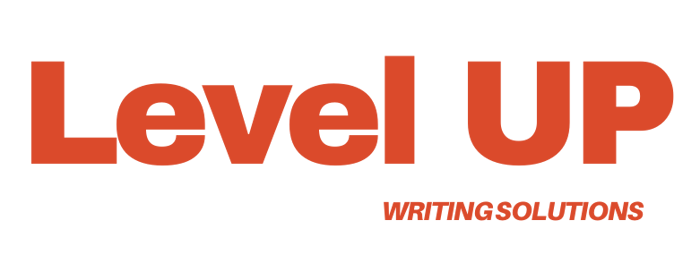Plain Language: How to Communicate Effectively
Discover how plain language can simplify your communication to be a more effective communicator
WRITING TIPS
Shariq Ishmail
1/5/20253 min read


Introduction
Effective communication is key in all aspects of life, whether in personal conversations, professional settings, or digital communication. But one element that often gets overlooked is clarity. In a world where we’re bombarded with information every day, getting your message across in a simple, straightforward way is more important than ever. This is where plain language comes into play.
Why Plain Language Matters
Many people assume that using complicated vocabulary or industry-specific terms makes them sound more professional. However, this often has the opposite effect. The truth is, people are more likely to engage with your message if they can easily understand it. Whether you're drafting a report, writing an email, or creating marketing content, clear communication is essential for ensuring your message is received and acted upon.
Here’s why using plain language matters:
Improved comprehension: The clearer your message, the better your audience will understand it.
Increased engagement: Simple, relatable language invites readers to interact with your content.
Stronger relationships: When people understand your message, they’re more likely to trust you and your ideas.
Time efficiency: By avoiding unnecessary complexity, you save your audience time, leading to quicker decisions and better action.
Benefits of Plain Language
1. Simplifies Complex Ideas
Even when discussing complicated topics, plain language helps break down complex ideas into digestible pieces. Think about it like translating complex technical information into something accessible for a wider audience. The goal is not to oversimplify but to make the key points clear and easy to follow.
2. Builds Trust
When you use plain language, you show that you care about your audience's understanding. It eliminates ambiguity and creates transparency. Whether you’re writing a product description, explaining a policy, or delivering a pitch, people are more likely to trust you when they understand exactly what you mean.
3. Increases Reach
Plain language broadens the potential reach of your message. By using common, everyday words and sentence structures, you ensure that a larger group of people can easily engage with your content. This is especially important for marketing, customer service, or instructional material.
4. Saves Time
A straightforward message eliminates the need for extra explanations or follow-up questions. Your audience will spend less time trying to decipher your message and more time acting on it. This is especially useful in business contexts where efficiency matters.
Tips for Using Plain Language
1. Know Your Audience
Before you write anything, consider who you're speaking to. Adjust your level of complexity based on the knowledge and needs of your audience. For example, a technical document for engineers will still use some industry terms, but clear, simple language should be used whenever possible.
2. Be Concise
Get to the point quickly. Avoid using long, drawn-out sentences or unnecessary adjectives. Instead of saying, “Due to the fact that we have not received your feedback,” simply say, “Since we haven’t received your feedback.”
3. Use Active Voice
Active voice makes your writing more direct and engaging. Instead of saying, "The report was reviewed by the team," say, "The team reviewed the report."
4. Avoid Jargon
Jargon and industry-specific terms can make your message confusing. Instead, opt for clear, simple alternatives. If you must use specialized terms, explain them in plain language.
5. Use Short Paragraphs and Headings
Break up your content into small, manageable sections with clear headings. This makes your message easier to navigate and understand at a glance.
Example of Plain Language
Let’s look at an example to see how plain language works in practice.
Before (complex language):
"Our team of specialists utilizes a comprehensive and multidimensional approach to ensure optimized and strategic deployment of solutions designed to meet the evolving needs of our clients."
After (plain language):
"Our team uses a straightforward approach to deliver solutions that meet our clients' needs."
The message is just as strong, but it’s clearer and easier for the reader to understand.
Conclusion
Using plain language doesn’t mean dumbing down your message—it means improving communication so that everyone can understand and act on what you’re saying. Whether you're writing an email to a colleague, crafting marketing content for potential clients, or explaining a new concept in a meeting, plain language helps you communicate more effectively.
By simplifying your writing and focusing on clarity, you’ll become a better communicator, build stronger relationships, and increase your impact. So next time you're drafting a message, ask yourself: is this simple enough for a middle schooler to understand? If it is, you're on the right track to mastering plain language.
Shariq I.
I’m excited to take on whatever challenges you have to throw at me. With a focus on website copywriting, I’m ready to help your business connect with your next customer.
